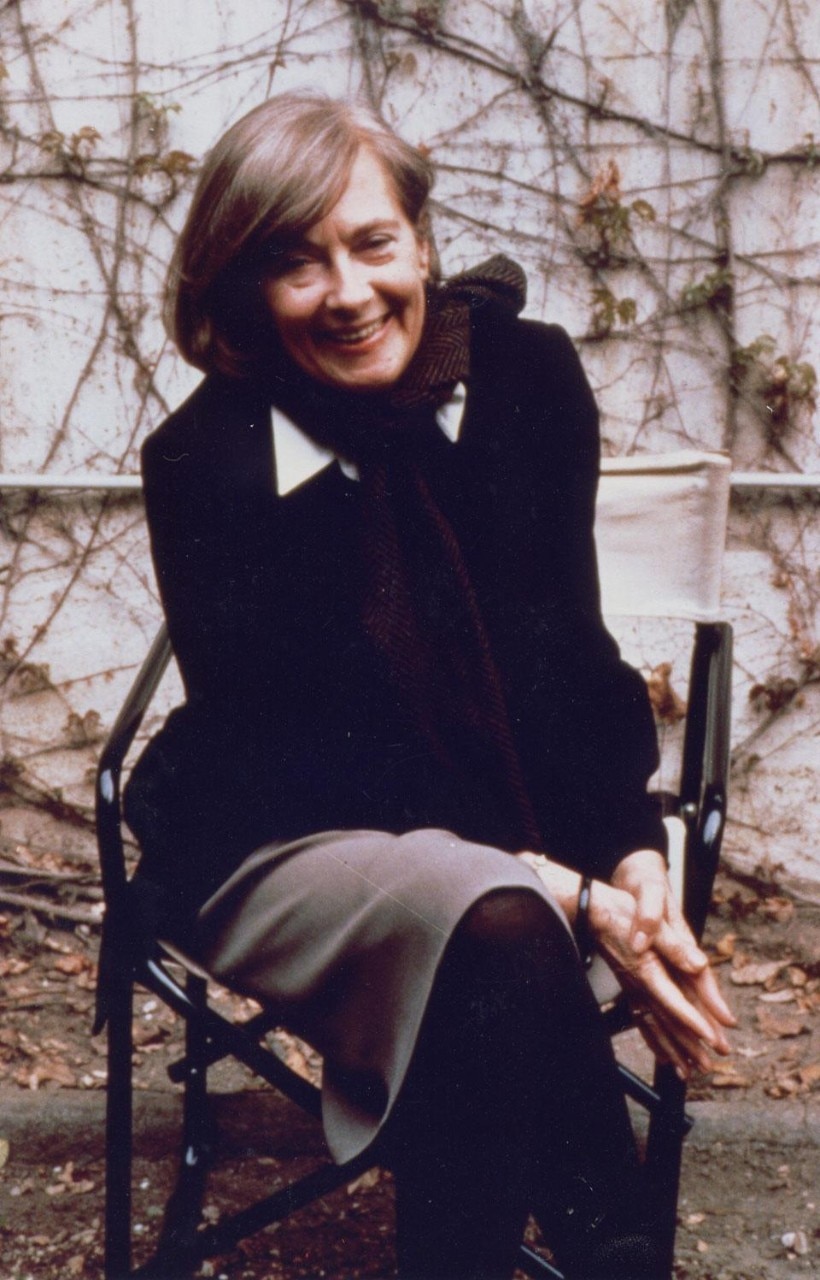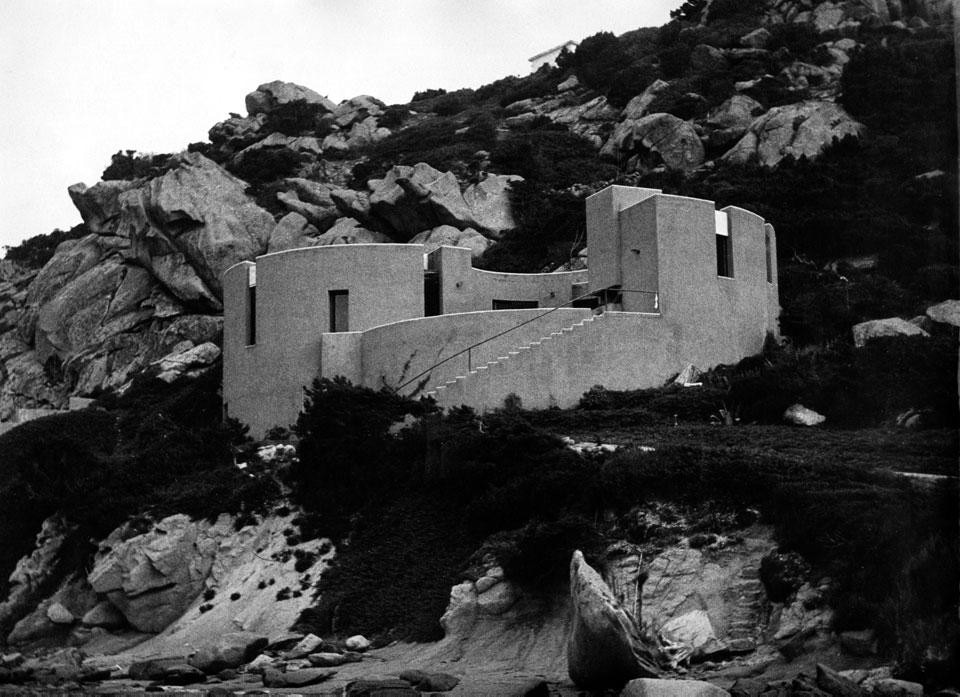Margherita Guccione: The title of your conference at MAXXI is poetic and revealing. Hearing someone speak about joy is truly rare, which is why I would like to ask you to start by talking to us about the joy in your work as a designer.
Cini Boeri: Talking about joy is not so easy at these times, but fortunately I usually go looking for joy with optimism, and I always try to pass it on to others. Joy is inherent to the act of designing, to the proposal of the new and to its creation with responsibility and passion. The design work corresponds with certain moral and intellectual ethics, that should always accompany our work, in all its aspects.

Being a woman means thinking about design with a female sensibility in its aesthetic, functional and qualitative aspects, as well in terms of the experience it will produce and how it will change over time. We should remember that we are "architects", not stylists, not decorators, not furnishers.
We should, in fact, remember that the architecture that surrounds and contains human life could help us to live better. However, when I'm designing I never think about being either a woman or a man.
The attention to the home, the human dimension of the dwelling, is a recurrent and central theme in your work: the way the home is used has changed over time, how do you envision living in the future?
Thinking about the changes over time that will characterise the use of spaces, I try to design homes in which flexibility is a key value. More sliding walls than doors, more transparencies than walls, more joy than solitude. My designs demonstrate an attention to these themes, from my house in La Maddalena, to the round house in Sardinia, through to the domestic design for the Triennale, to mention just a few. In the future perhaps there will be more telematic work, with less need to leave the home to travel to a workplace. And when I design a home, my Utopian hopes come to the fore. At the moment my dream is to design prefabricated houses offering high quality homes that are easy, rapid and economical to install.

No, it's the same thing. I'm thinking about my experience in designing houses and, more in general, about spaces and their use: the relationship between inhabitants and the objects is constant, hence my interest in design and everything used in relation to a space. However, the meaning of the word "design" has changed today and frequently corresponds to the design of works of art. In our 1950s vocabulary, "design" meant objects to be produced in series, the selection of suitable materials and the methods of their production. All with the aim of making their cost accessible to a broad-based public.
Talking about the future, could you tell us about what you are working on now and do you have any advice for those approaching the world of work today?
I'm working on a Utopian project, with no client, a reflection based on the theme of the school. I chose the school to teach independence as responsibility, to transmit ethical values from infancy. Mine is a school sui generis, "with neither punishment nor reward". An innovative school in terms of its forms, that demonstrates how teaching and the architectural setting in which it takes place may provide reciprocal support. The "model" school is conceived with circular classrooms that overcome the hierarchy and authority of the teachers. The classrooms are furnished with mobile elements that slide on curving tracks, offering children freedom and responsibility for what they choose to listen to.
I'd like to offer a few suggestions to young designers, above all by saying that frequently people approach this field seeing it as an automatic to the world of art. There may be art in design work, but the principal component is logic. This is rational work, based on awareness, knowledge, cultural curiosity and a capacity for analysis and self-analysis.




